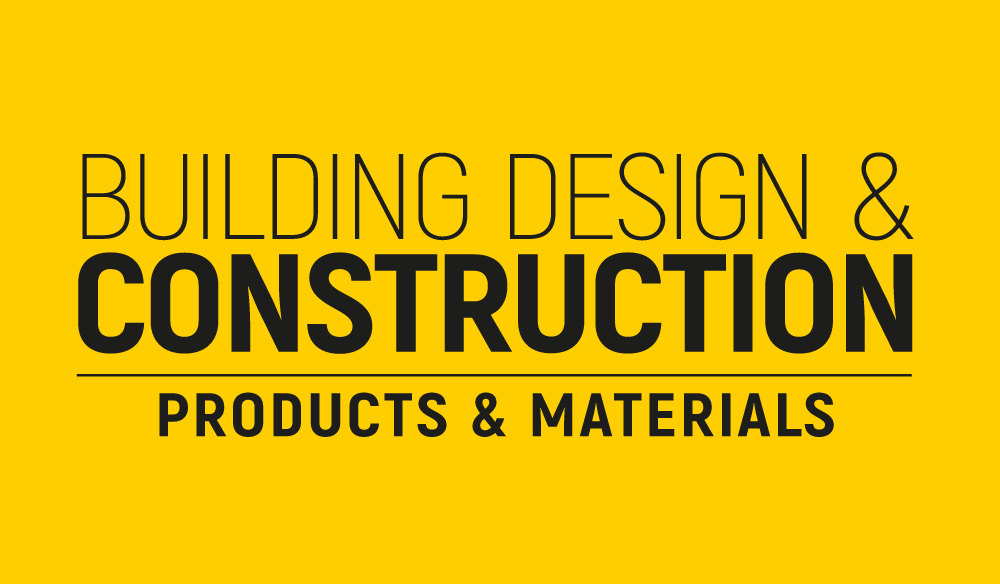The undercarriage is one of the most important components of any piece of heavy equipment. It might not seem so at first, since the undercarriage only accounts for a small portion of the machine’s upfront cost. However, the undercarriage represents an average of 50 per cent of your machine’s ongoing operating and repair costs, so regular maintenance is vital if you want to avoid a hefty repair bill. Here are our top tips for extending the life of your undercarriage.
1. Wear and tear
The undercarriage carries the weight of a machine, so it’s natural for its moving components to wear over time as the machine completes work. However, you can extend the service life of your undercarriage components by dedicating a bit of time to proper maintenance and using the machine in the best possible way.
Poor maintenance and rough operation will impact wear rates and increase the need for repairs. Operators will start to see visible changes on the machine, such as sprockets wearing down from flat wedges to a point. As track pads wear down, they will become flatter, increasing the likelihood of slipping during operation. At this point, operators will be forced to stop work and have the undercarriage repaired, leading to costly downtime on site.
So, how can operators prevent unnecessary wear?
2. Best practice
Firstly, operators can make informed decisions when selecting and operating equipment, which will result in slower wear rates. There is no one-size-fits-all when it comes to undercarriages, so choosing the right undercarriage and track width for the environment can impact operations. For example, standard tracks are the best fit for firm ground conditions with minimal slopes. On the other hand, low ground pressure tracks are wider and therefore better suited for softer, wetter ground conditions.
Awareness of operating methods and site conditions can also influence the lifespan of tracks and undercarriage components. When operating machinery, reducing any unnecessary tracking and avoiding abrasive material, such as rocky areas on site, can slow track wear. Operators should also take extra care in areas where a lot of material can get into the undercarriage. For example, when operating in a muddy environment or on a landfill site, they may need to clear out debris regularly throughout the day.
It is also best practice to consider the speed of the machine, for example increasing speed when pushing heavy loads can cause slippage and excessive wear. Working on banks for long periods of time will cause one side of the undercarriage to wear, so keeping the machine on level ground as much as possible can prevent uneven wear later on.
3. Daily checks
During the day, excavators and other heavy machinery will churn up the ground, resulting in mud, debris and other material building up in the tracks. Leaving this in the undercarriage will add weight to it, reducing fuel economy as well as accelerating wear. Cleaning out the undercarriage at the start of each workday reduces the risk of material build-up causing an issue.
Incorrect track tension may lead to increased track wear, so it is important to check this prior to operating the machine. If tracks are too tight, it creates added load, accelerating component wear. If the track is too loose, it can become unstable and derail. Adjusting the sag to the measurement recommended by the original equipment manufacturer (OEM) will prevent problems like this occurring.
The more often operators inspect their machine, the sooner they can identify and rectify any issues. Operators can also get more support from their equipment supplier. Finning UK & Ireland’s Custom Track Service (CTS) includes regular visual inspections to provide operators with a detailed report of a machine’s undercarriage. The inspectors also use ultrasonic equipment to check for wear of the internal components of the undercarriage. This, combined with visual checks, can help estimate part lifespan, enabling owners and operators to accurately forecast repair costs.
The undercarriage takes the weight of the machine and material on site and if it breaks down, the machine remains stationary, incurring costs from downtime and repairs. By choosing the correct type of undercarriage for the application, following best practice during operations and carrying out regular maintenance, operators can ensure that their repair costs will decrease and productivity will remain high.
Finning can assist with preventative maintenance and inspections as part of its Customer Value Agreements. Find out more about choosing and maintaining your machine’s undercarriage on our website.




